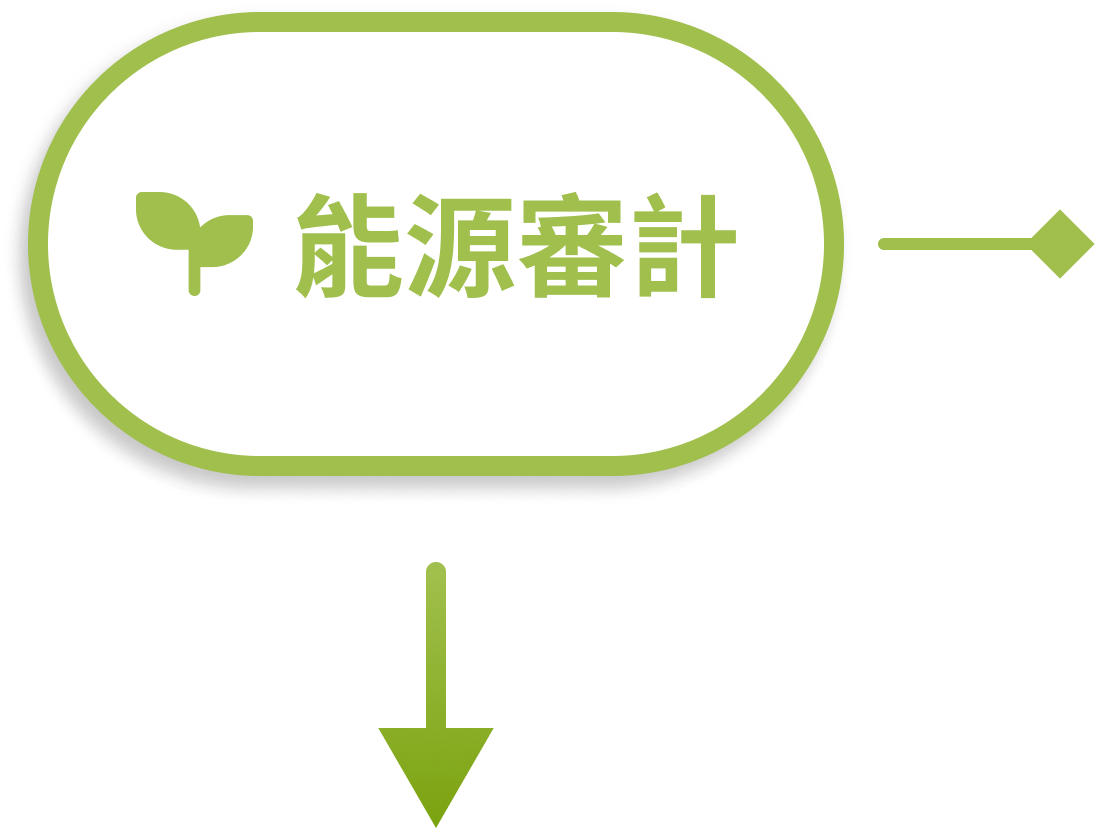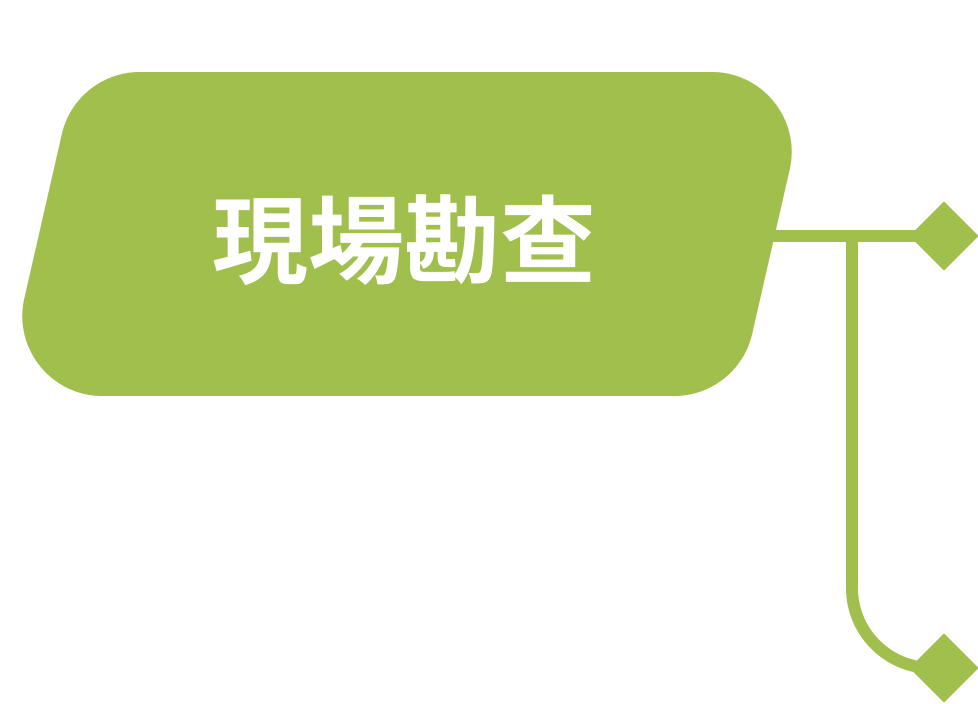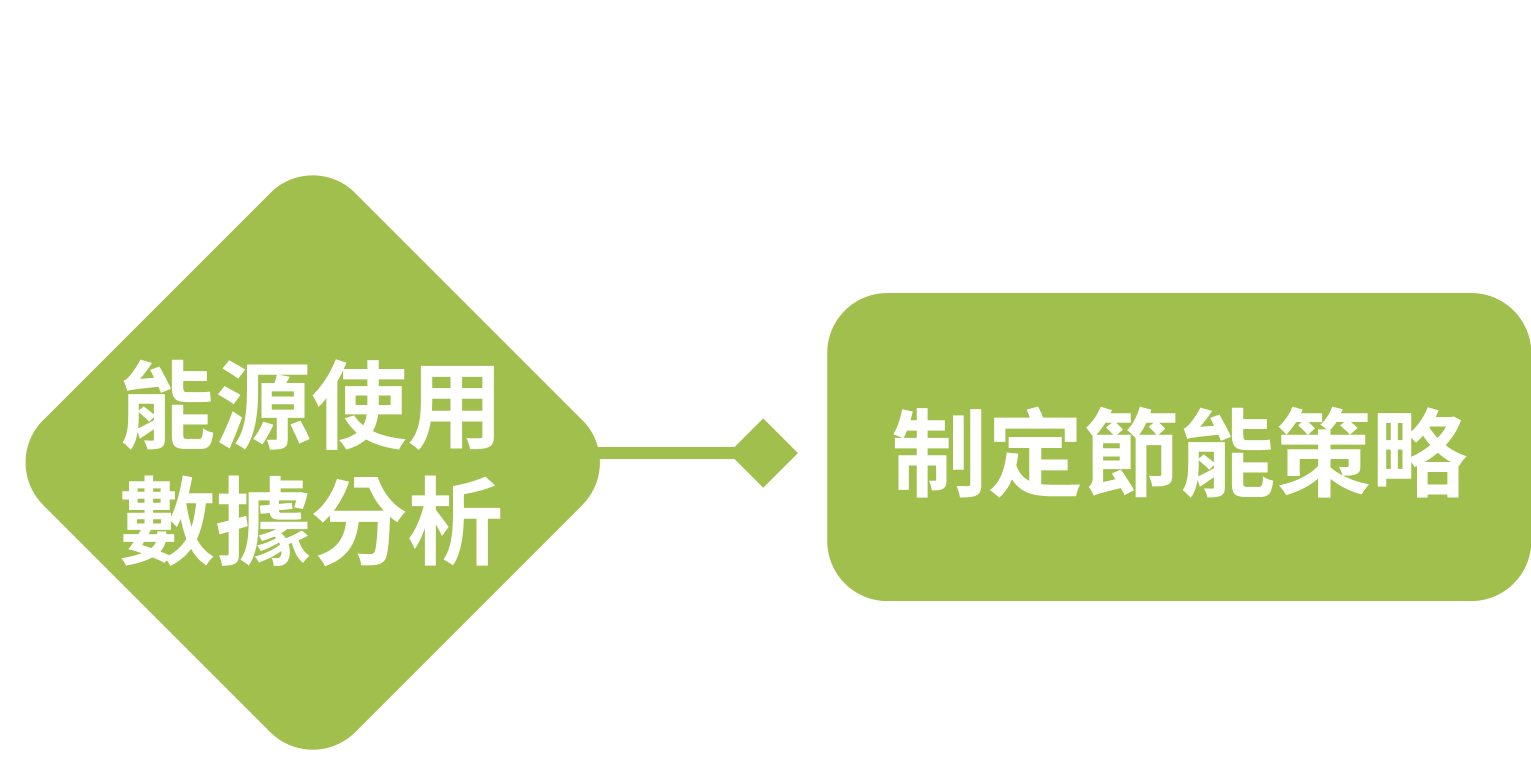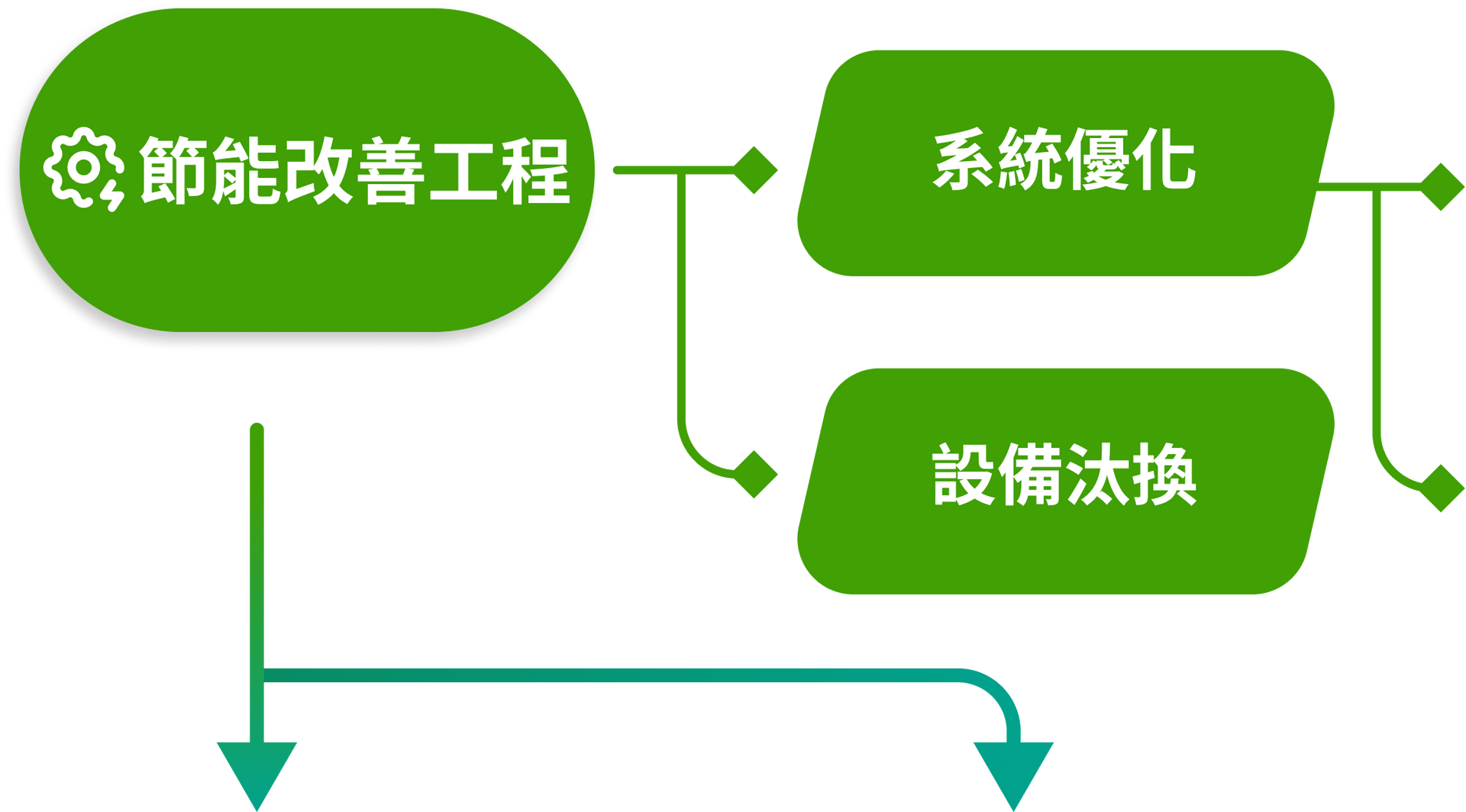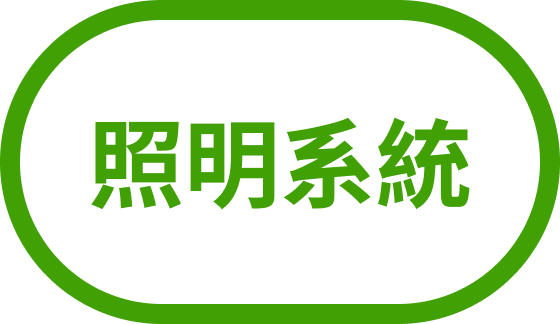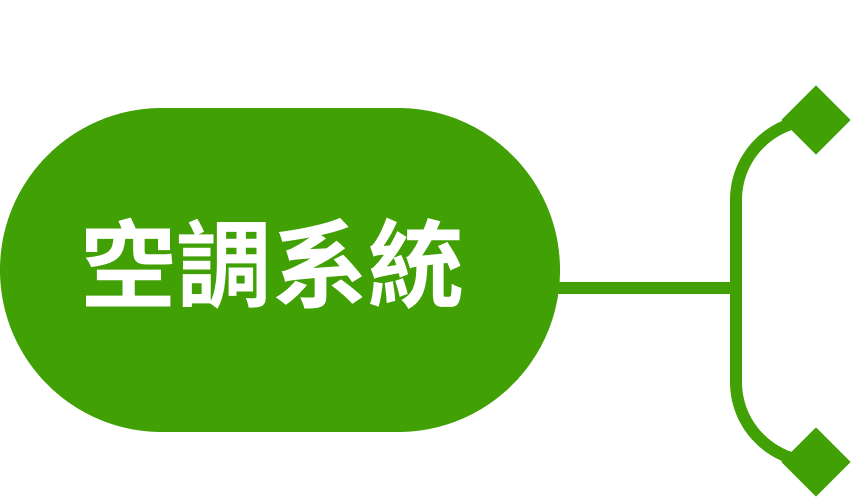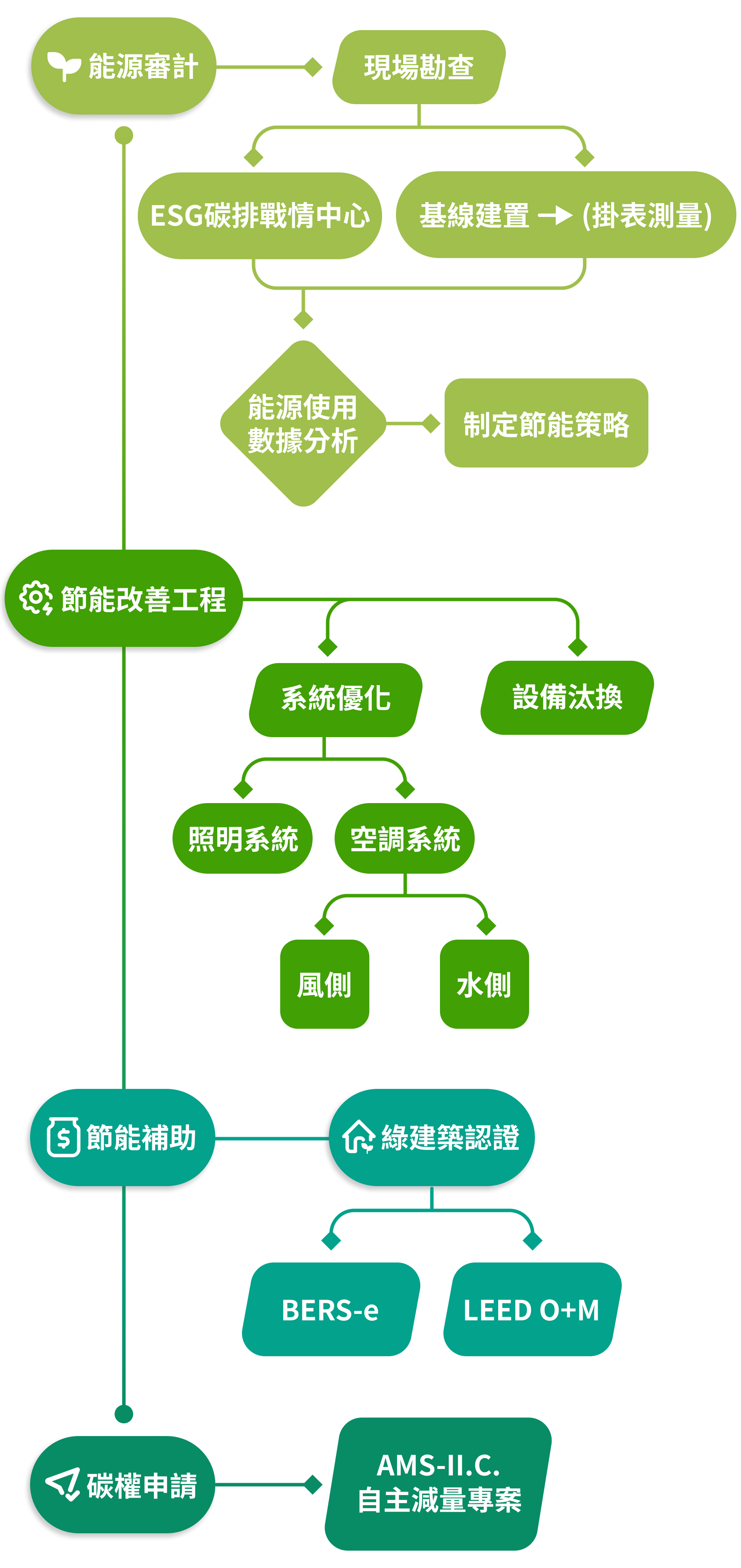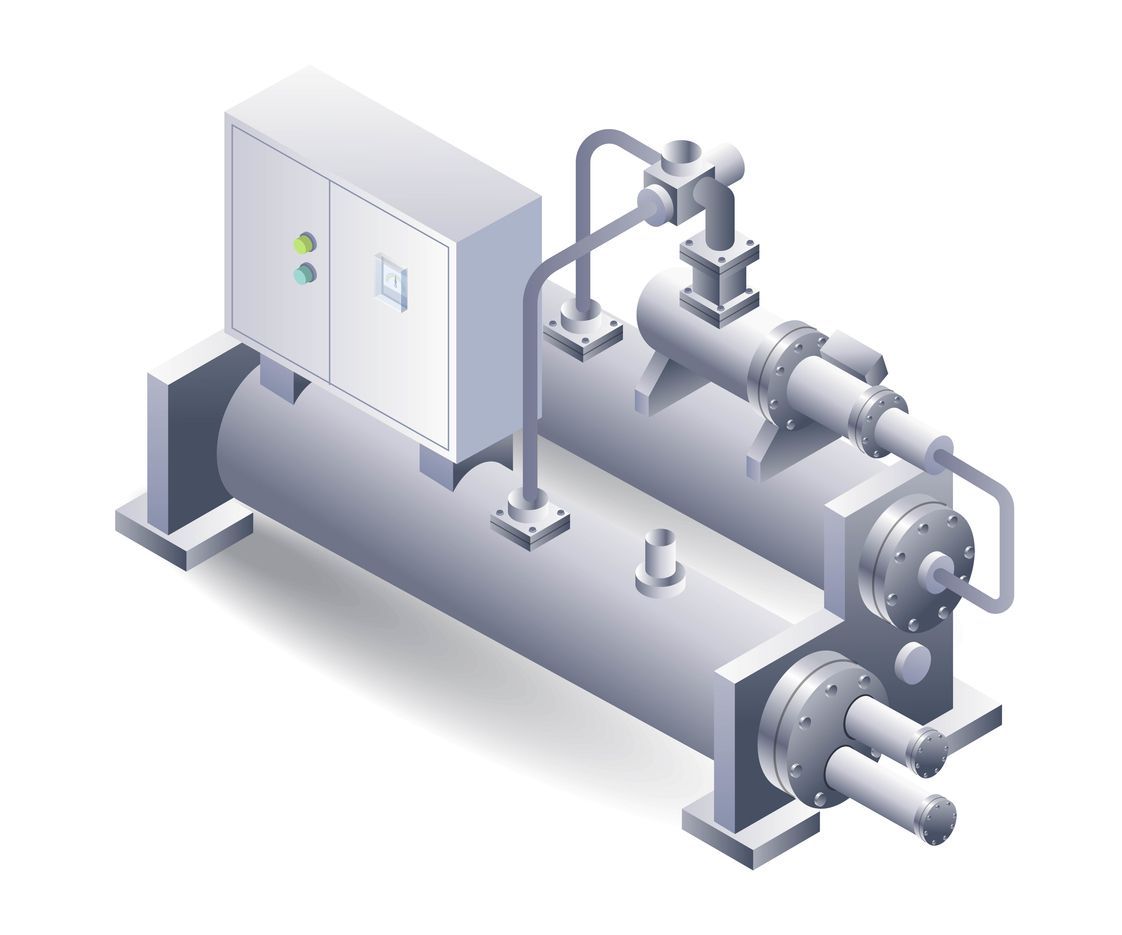Integrated Energy Solutions
Build an energy management system through energy audits to implement a comprehensive energy-saving solution for buildings
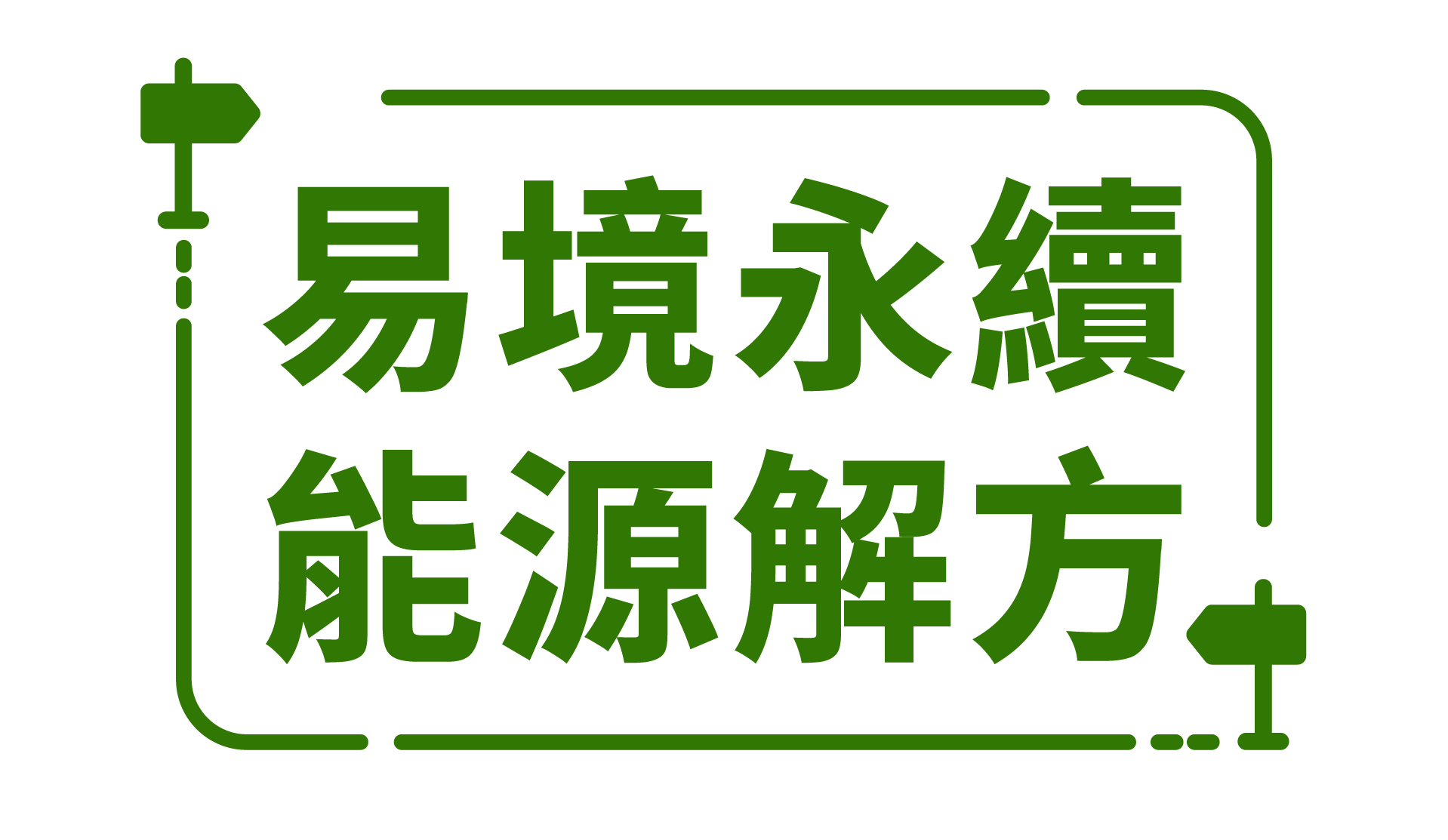
We focus on introducing the most efficient and innovative energy-saving technologies that are most suitable for each case through initial energy audits, covering everything from initial energy-saving diagnosis, energy-saving improvement project execution, subsidy applications, to green building certification, carbon rights and other value-added applications, providing customers with a full range of integrated energy solutions to help customers move towards Taiwan's goal of net zero transformation by 2050.


Energy audit is the most important first step in energy saving improvement
- The E-Realm team provides energy-saving audit services that meet international standards by referring to the energy audit execution process and reporting specifications established by the American Refrigeration and Air-Conditioning Association (ASHRAE).
- At the beginning of the improvement, the E-Realm team will provide a comprehensive energy-saving audit report to help customers understand the current energy usage of the building and establish energy-saving goals.
Audit Scope
- E-Realm’s energy audit services cover major building energy-consuming systems such as air-conditioning systems, lighting systems, and air compressor systems. Based on the needs of different industries, E-Realm can provide improvement suggestions for energy efficiency bottlenecks of various systems for various types of buildings such as commercial buildings, large stores, and manufacturing industries through data analysis and on-site evaluation.
Energy audit content
Energy Survey & Analysis
- Analysis of final energy use categories
- Strategy Summary (Costs and Savings)
- Economic Analysis
Walk-Through
- Historical data analysis
- Establishing goals
- Low-cost energy-saving strategy recommendations
- Identify potential energy-saving strategies
Energy audit equipment
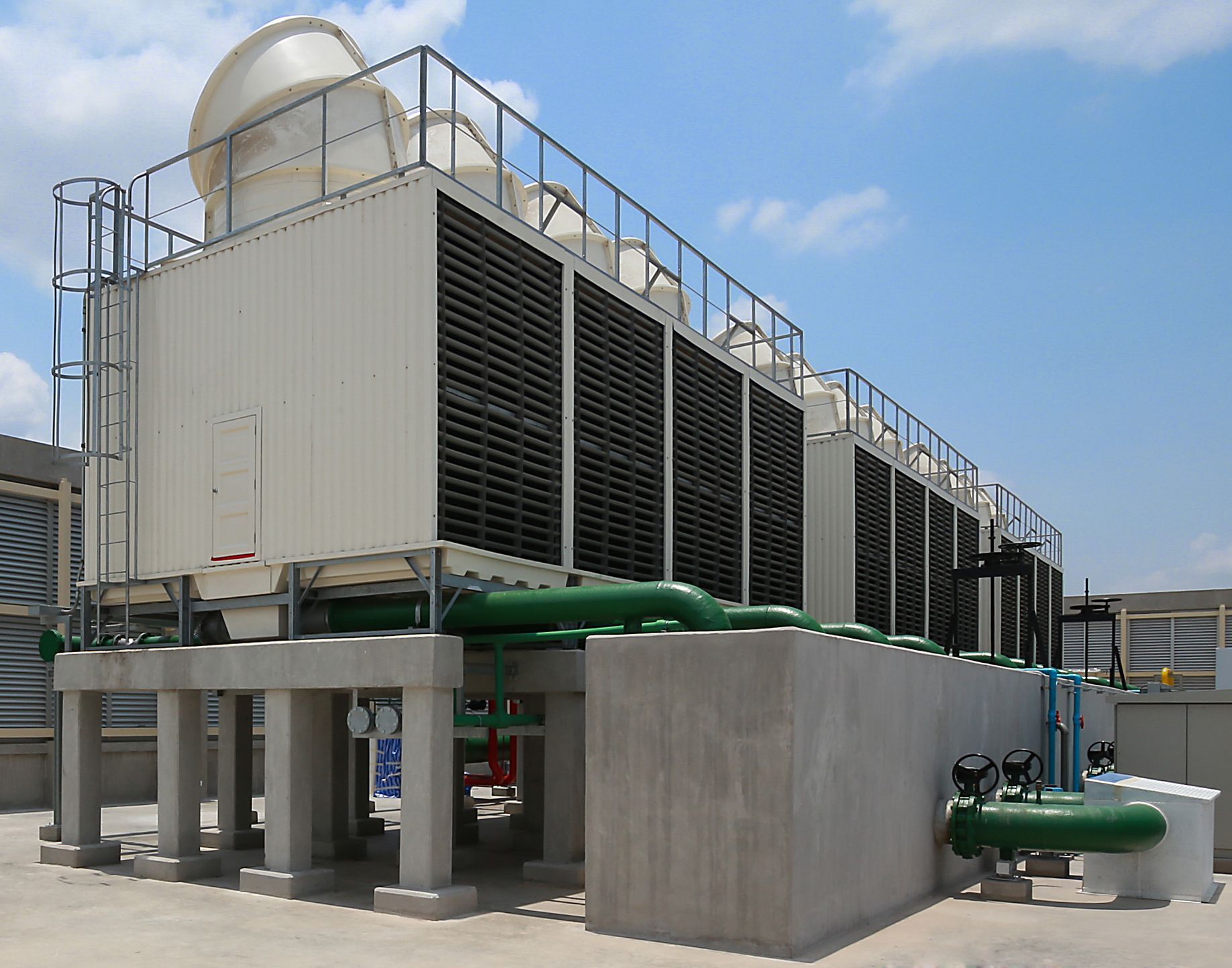
Air conditioning system Water side
Air conditioning system, air side
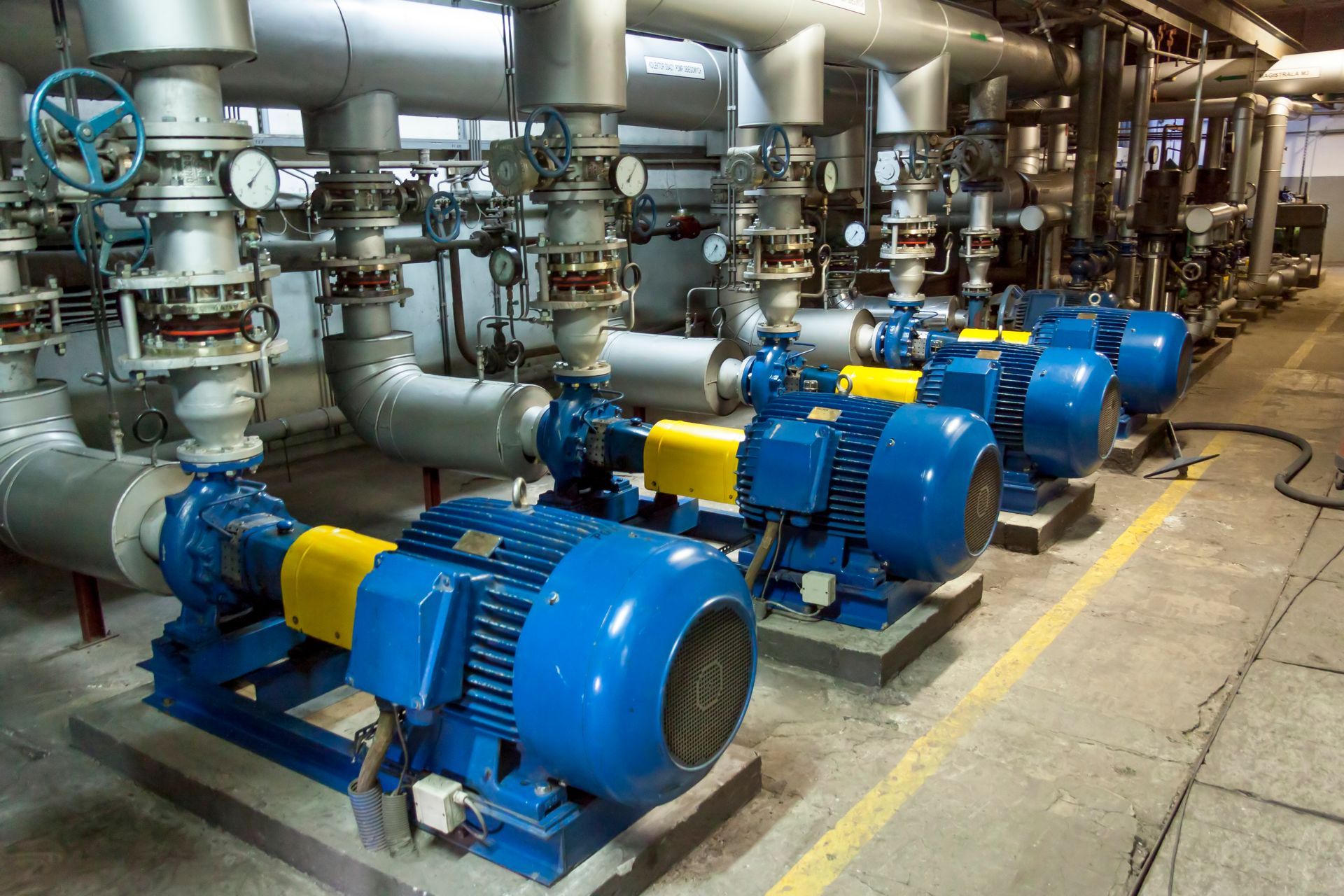
- Ice water host
- Cooling tower
- Chilled water pump
- VFR Outdoor
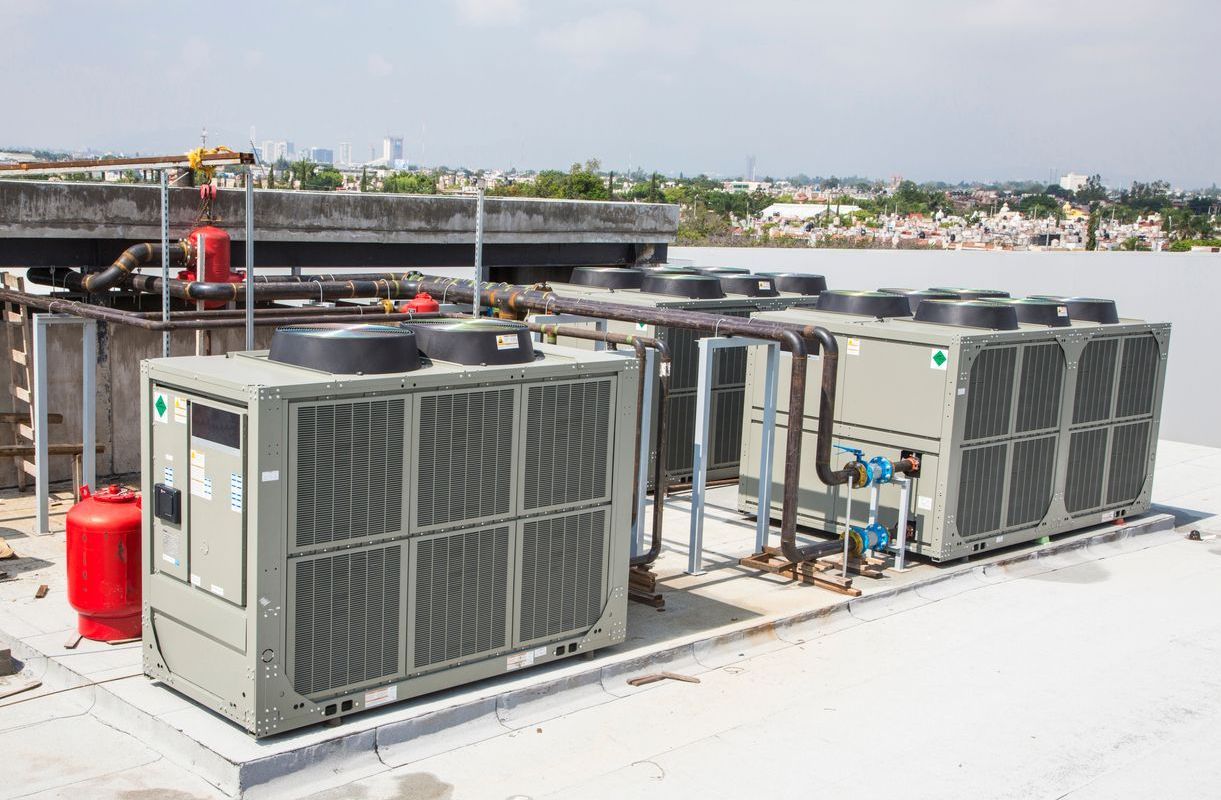
- Air conditioning box
- Blower
- VFR Indoor Unit
Lighting system
Air Compressor System

“Build an ESG carbon emissions intelligence center to help companies integrate and achieve their ESG goals”
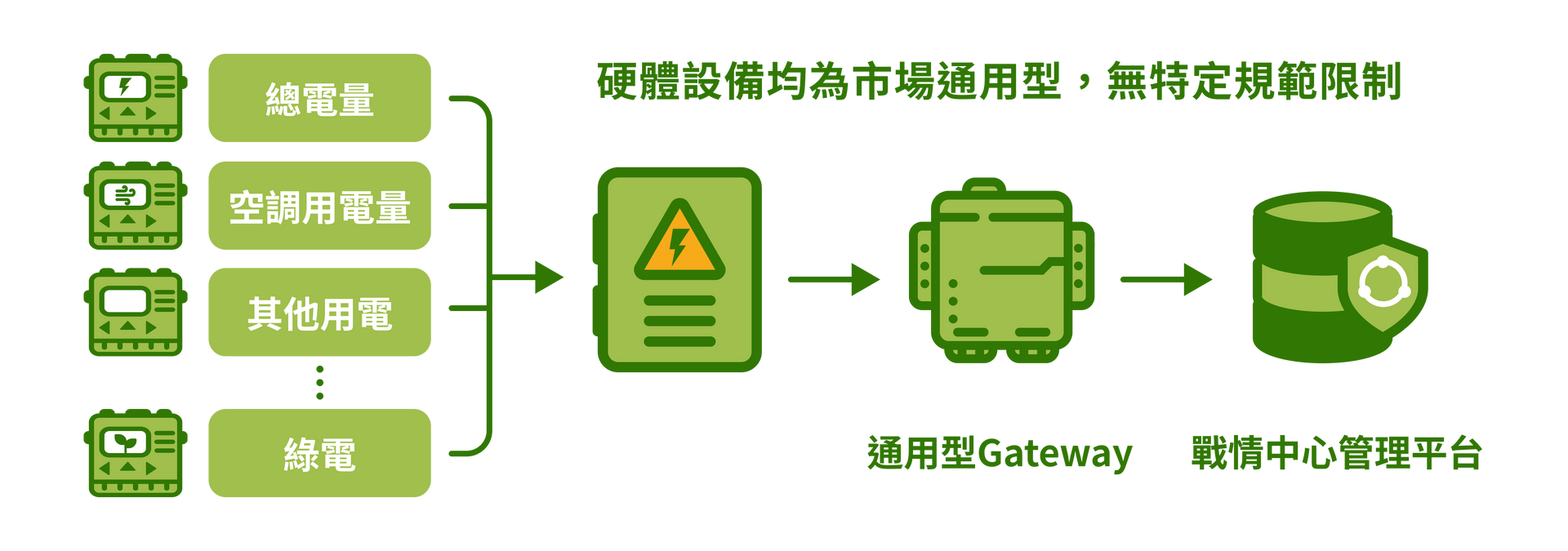
01
Data Integration and Transparency
As a centralized data platform, it integrates energy, carbon emissions and sustainable development data within the enterprise, provides real-time data visualization, and enables decision makers to have a comprehensive understanding of the company's environmental impact.
02
Real-time monitoring and early warning
Real-time monitoring of energy usage trends and carbon emissions. When energy usage or emissions exceed preset standards, the system will issue an alert to help managers take prompt action.
03
Performance management and tracking
Set energy-saving and carbon-reduction targets and continuously track progress as the data basis for ESG performance reports. This helps demonstrate the company's commitment to environmental management and enhances the trust of investors and stakeholders.
04
Support sustainable reporting
One of the big challenges of ESG is accurate and detailed reporting. The Carbon Emissions Situation Center will be able to automatically generate relevant data reports and assist in filling in the data required by sustainability reporting standards such as GRI (Global Reporting Initiative) and CDP (Carbon Disclosure Project).
05
Real-time monitoring and early warning
Real-time monitoring of energy usage trends and carbon emissions. When energy usage or emissions exceed preset standards, the system will issue an alert to help managers take prompt action.
06
Carbon Management Delegation
We provide carbon emission data reports and suggestions regularly, and pay attention to carbon emission trends in real time, helping companies to entrust carbon management to us for professional management and reduce corporate carbon management costs.
Seven functions of the ESG Carbon Emissions Situation Center
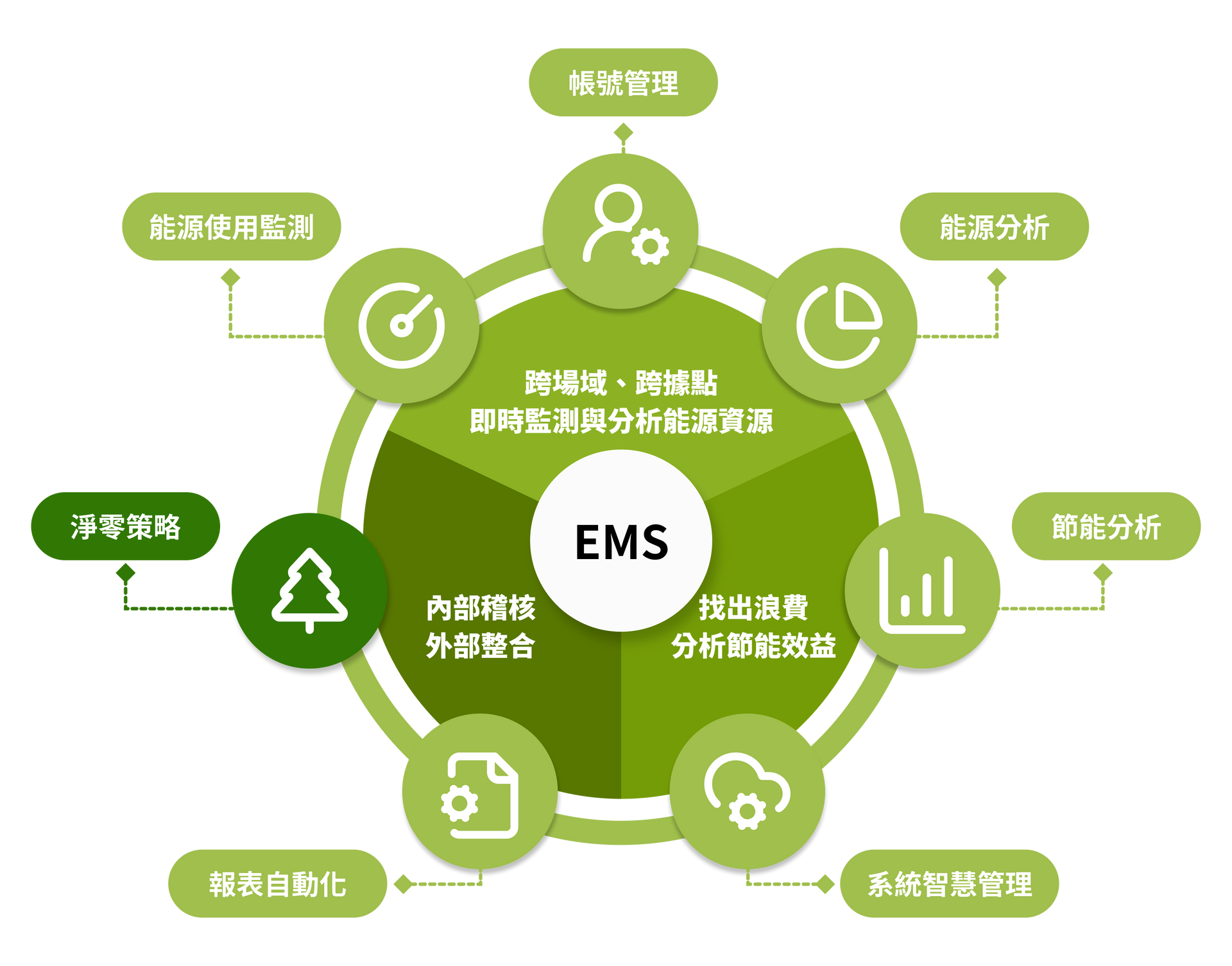

Optimizing air conditioning temperature set points
- In a building, the heat load of each indoor space will be affected by the use nature of each space, population density, sunlight intensity, equipment and other heat sources.
- Through energy simulation, the environmental load changes of each space are calculated, and after comparing a large number of different scenarios, the operating settings of the air-conditioning equipment in the space are optimized.
- Without replacing existing equipment, energy saving on the air side of the air conditioner can be achieved through optimal air conditioning control.
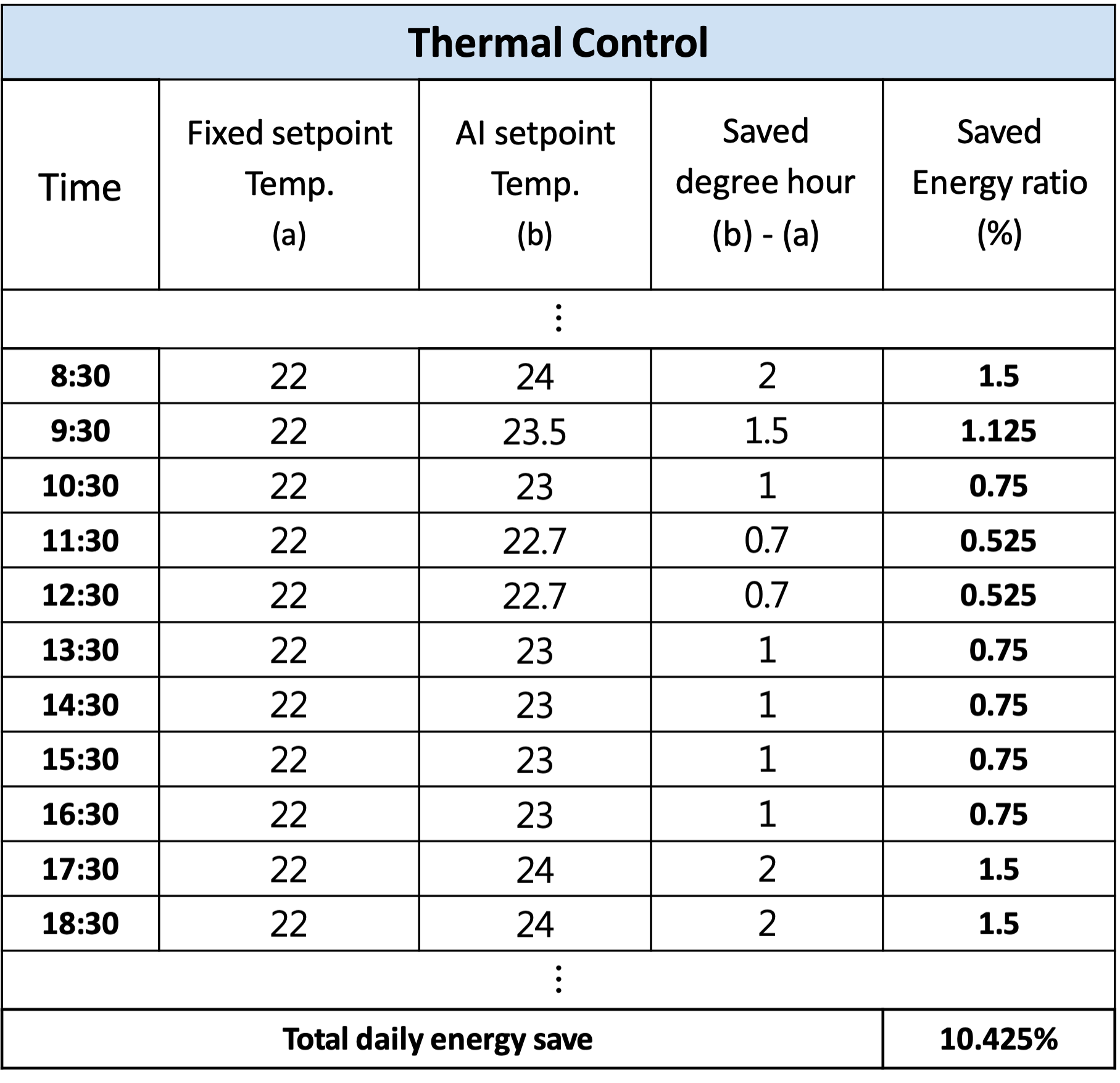
*Calculation results based on office operating hours (AM8:00 –PM19:00)

Flow rate system
- The water balance of the air conditioning water side system cannot be ignored in the energy saving potential of existing buildings.
- When the air conditioning water side system is in an overflow state, the water pump energy consumption will increase, causing the chiller to operate at a low efficiency due to the small temperature difference, thereby increasing the energy consumption of the overall system.
The right flow system achieves the right flow rate through a systematic balancing method, which will bring the following benefits:
- Energy saving on the water pump side: Let the water pump output the designed flow rate with the lowest energy consumption, and ensure that the variable frequency water pump can adapt to the flow requirements under different loads.
- Energy saving on the chiller side: Maintain the chilled water return temperature within the optimal design efficiency range of the chiller to avoid increased energy consumption due to too small a chilled water temperature difference.
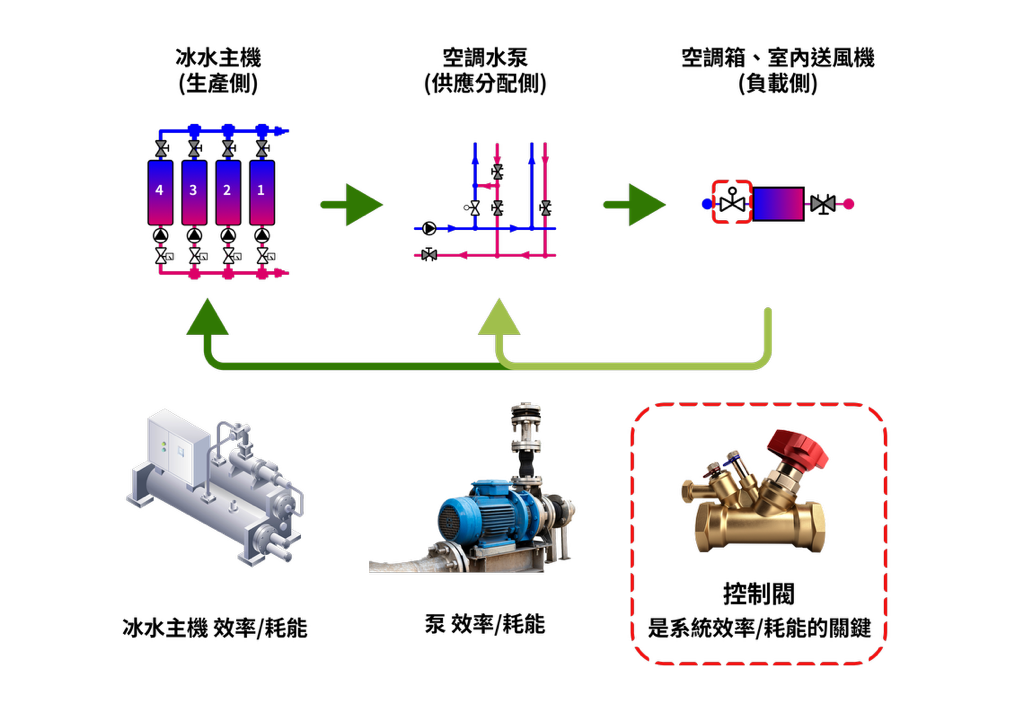
Waterway system balance benefits
Flow rate system
Save more than 15% of total air conditioning system energy consumption
Energy saving on the main unit side of air conditioner chiller
Maintain high chilled water return temperature (~15%)
Reduce the energy consumption of the pump in the chilled water system (about 6-7%)
The systematic balancing method enables the variable frequency pump to reach the designed flow rate with the lowest energy consumption under the designed conditions. At partial load, a variable frequency pump is used with an appropriate flow system to meet all load flow requirements.


